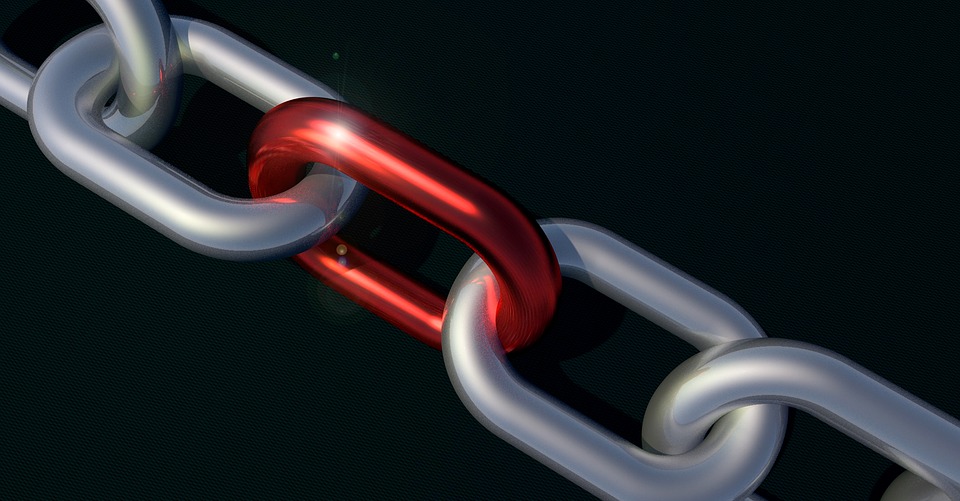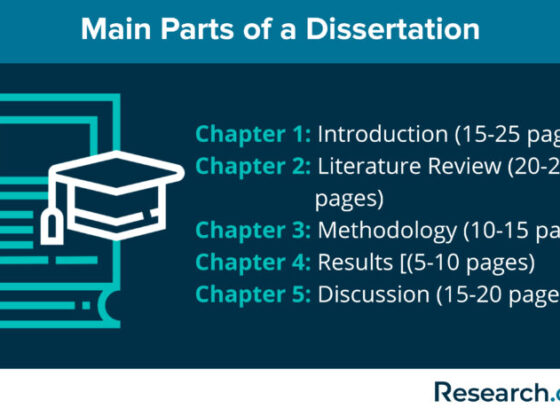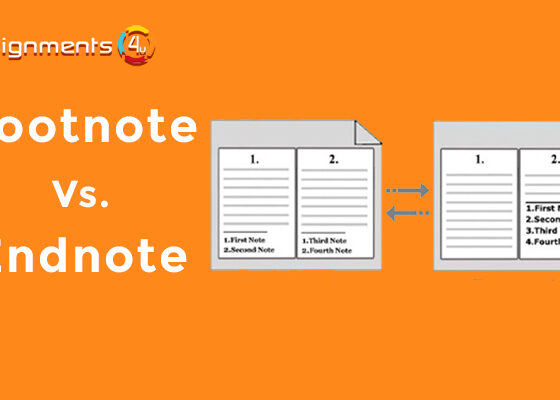Both Do-Follow and No-Follow Backlinks are Mandatory
Have you ever thought about the most bristling factors about websites, in case you own one? The crux of the matter is that having a website is good but having one which ranks incessantly in search engines is very good. So, what steps do you think are most appropriate to escalate websites to sell themselves? To improve their rankings and to maintain attained rankings unfailingly for a longer duration, you need to develop the most suitable strategies. Do-follow links work wonderfully for this purpose. If you want to understand the importance of Do-Follow and No-Follow Backlinks for SEO, read this post.
Several SEO activities, including building high-quality backlinks, are beforehand which you can use and explore for that added value you seek. Always focus on certain preliminary elements whenever building links for your website. So, the need of the hour is to understand the basic difference between do-follow links and no-follow links. Furthermore, you should also assess it that why you require both of them to keep your website stand ahead of the rest.
What is a Do-Follow link?

The term do-follow link was introduced by Google in the year 2005. It was aimed at the dual purpose of improving search engine results as well as reducing search engine spam indexing cases. Do-follow links pass link juice to help improve page rankings in search engines. It happens due to the contextual strategy of perusing the search engine crawlers to follow a particular link. Search engine crawlers thus continuously crawl the rest pages as well while they discover through the standard links. Such follow links are counted as the ‘votes’, forcing SEO link juice and improving the page rank of the linked-to-sites. Experts consider them good strategies to bring drastic improvement in organic rankings as well as to pave the way for the page authority of the web pages concerned.
What is the No-Follow link?
No-follow links are the pieces of information for search engine crawlers that caveat from crawling any particular link. It should be kept in mind that such links neither help to boost PageRank nor to bring any improvement in a particular page placement in the SERPs. In addition, such links hardly seek any motivational support or love thus they are rather ignored.
In other contexts though, no-follow links do matter on several occasions. There are certain situations where you might deliberately require no-follow likes paid links, adverts, blog comments, links to bad sites, links to ads and et al. You need them on all those occasions while the aim is to get instantly noticed.
No-follow links don’t directly improve page ranks or organic rankings. It doesn’t mean that you should ignore them. Their contextual uses are always mandatory. You should thus understand that factor before declaring them useless. They create awareness, bring traffic, engage people, and last but not least they improve your website’s internal linking et al. It is also a proven fact that improved traffic boosts organic ranking.
Why do you require do-follow as well as no-follow links?
It is no denying of the fact that do-follow links have more value than no-follow links. You shouldn’t though underestimate the power of no-follow links. You won’t be able to enjoy organic traffic from Google if lack any of these link types. That is why keeping a proper balance of both is mandatory.
If you are creating only do-follow links while ignoring the no-follow links, then the chances are high that search engines and Google might consider that manipulative activity of yours. There are possibilities that they tag your links as spammy even though you didn’t do anything suspicious.
Is the Do-Follow vs. No-Follow link ratio important?

Don’t build links with the sole intention of letting your website be noticed by the search engines only. Try to build organic (natural) links to your website instead. If you are focused on getting legitimate links to your website, you have nothing to worry about their ratios. In case you are creating links with certain intentions and they are deliberate to get noticed to improve rankings, then you have to constantly worry about being discovered and even penalized. However, it is a good practice to have both types of links. Although we have heard debates on the ratios, we haven’t seen the numbers anywhere.
Conclusion: Do-Follow Links
Whenever you create the links, you should ensure creating them naturally as much as possible. Never create the links with a deliberate aim to come to the notice of respective search engines. Natural links from authority websites would always prove helpful to improve page authority and domain authority and thus you will find a drastic improvement in search engine ranking. No-follow links are equally helpful in several ways. You should understand such factors as well.
Start creating links naturally, without thinking any further. One thing you can do while building links for your website is to get inbound links or to give outbound links only to authoritative websites.
We are hopeful that the information we have provided above is sufficient for you to understand the difference between do-follow and no-follow links, and why you need both in specific parameters. If you still have confusion or want to know more about it, do contact our experts now. Our team will try to clear up all your confusion.
Common questions and their answers about “Do-Follow and No-Follow Backlinks”:
1. Are Do-Follow Backlinks important for SEO or not?
Do-Follow Backlinks are important for SEO as such links can help a website to improve its search engine ranking. If you get such a link from a reputed and known website, which means it signals to search engines that your content is valuable and trustworthy. Do-Follow Backlinks can ensure to higher rankings in search results.
2. Do No-Follow Backlinks have any SEO benefits?
No-follow backlinks are also important when it comes to ensuring higher rankings in search results. Although they do not directly contribute to a website’s SEO in terms of passing link juice. Some SEO benefits include referral traffic, brand building and brand exposure. These are considered as a positive SEO signal.
3. When a brand or company should use No-Follow Backlinks?
A company or a brand should use No-Follow Backlinks in the following scenarios:
- A company or a brand should use No-Follow Backlinks for user-generated content such as blog comments or forum posts in order to prevent spammy links from affecting your site’s SEO.
- When they link to untrusted or paid content, like sponsored posts, affiliate links, or advertisements.
- If they want to link to a page but do not want to pass SEO value to it, such as for informational purposes.
4. Are Do-Follow backlinks more important than No-Follow backlinks?
Yes, Do-Follow backlinks are considered more important as such a link can pass link juice and contribute to higher search engine rankings. On the other hand, No-Follow backlinks are less important as they do not pass link juice. But they can still be valuable for referral traffic and building brand awareness. The use of each type depends on your overall SEO strategy.













Nice blog. Thanks for sharing such a nice & informative blog on SEO dofollow & nofollow backlink.
Thanks Dear Manish,
We are pleased to hear such positive reviews. We will keep writing. Thanks
This site and the resources you provide is really nice keep it up.
Dear Albert Ambrose,
Thanks a lot for vising our website.
Thanks for the article. We have to understand the difference between do-follow links and no-follow links. Both are required to maintain the ranking and achieve new milestones.